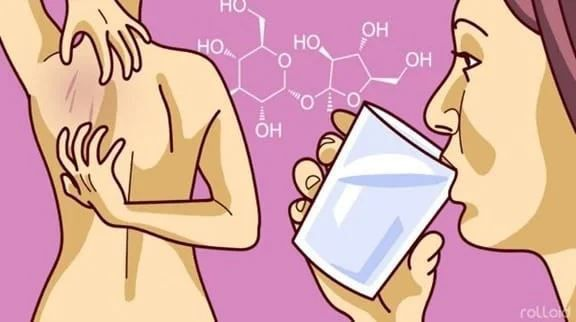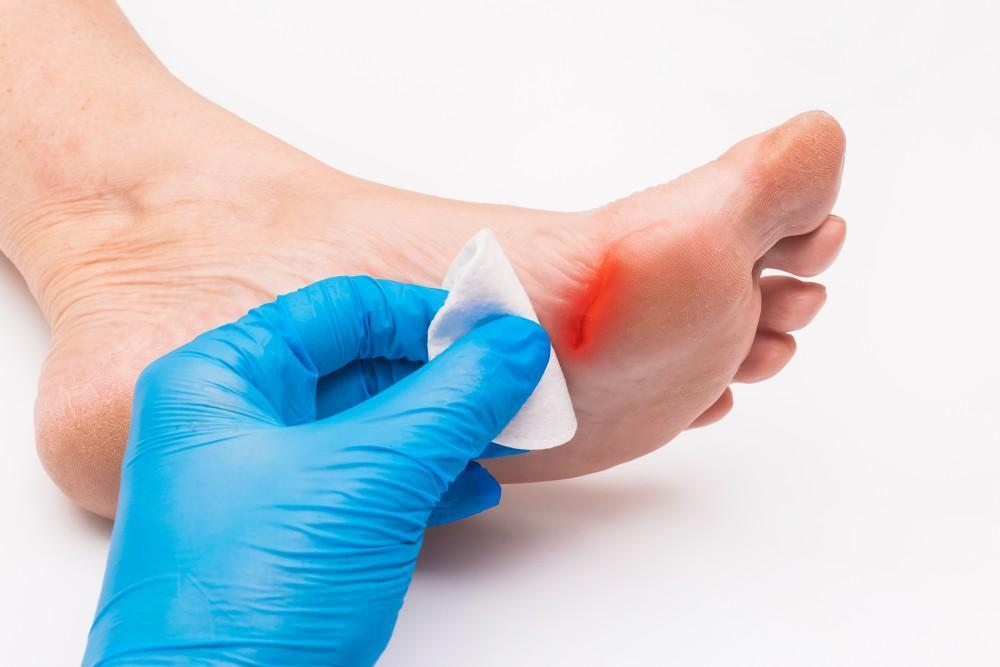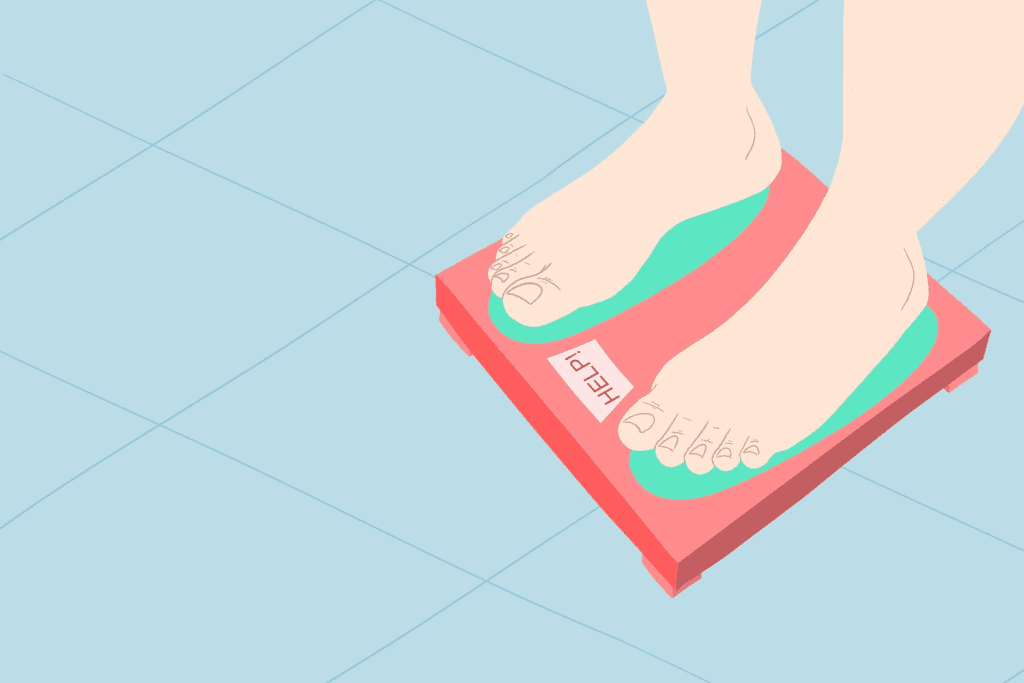Gaining a little weight, feeling unusually tired, or noticing bruises that take longer to heal might seem like minor issues. However, when these symptoms occur together, they could indicate something more serious—prediabetes. According to the U.S. Centers for Disease Control and Prevention (CDC), prediabetes is a condition where blood sugar levels are higher than normal but not yet high enough to be classified as diabetes. Unfortunately, many people are unaware they have it, silently paving the way for a more serious illness.
Endocrinologist Ashita Gupta emphasizes that up to 9 out of 10 patients with prediabetes are unaware of their condition. “It is common for these individuals to feel perfectly normal and healthy while prediabetes progresses,” she explains. In this article, we’ll explore some subtle yet critical symptoms of prediabetes and why you should pay attention to them.

1. Blurred Vision
One of the early signs of prediabetes is blurred vision. Sudden fluctuations in blood sugar levels can affect your eye’s ability to focus, leading to temporary blurred vision. This symptom often corrects itself once blood sugar levels stabilize, but recurring episodes are a sign that you should get your blood sugar checked. Ignoring this symptom could lead to more serious eye issues, so it’s crucial to address it early.
2. Excessive Thirst

If you find yourself reaching for water more often than usual, it might be more than just a sign of dehydration. Excessive thirst is a common indicator of elevated blood sugar levels. When your body tries to eliminate excess sugar through urine, you tend to urinate more frequently, leading to dehydration and an unquenchable thirst. This cycle of thirst and frequent urination can be exhausting, and it’s a clear sign that something might be off with your blood sugar levels.
3. Slow-Healing Wounds or Frequent Infections

High blood sugar levels can impair circulation and slow down your body’s ability to heal itself. As a result, small bruises and cuts may take longer to heal than usual. Prediabetes can also weaken your immune system, making you more susceptible to recurring infections, particularly of the skin, vagina, and urinary tract. If you notice that wounds are taking longer to heal or if you’re getting infections more frequently, it’s time to consult a healthcare provider.
4. Extreme Fatigue

Feeling excessively tired despite getting enough sleep could be a sign of insulin resistance, a hallmark of prediabetes. Your body uses blood sugar for energy, but when it becomes resistant to insulin, it can’t convert glucose into energy efficiently, leading to persistent fatigue. This kind of exhaustion isn’t just about needing more sleep; it’s a sign that your body isn’t processing sugar the way it should be.
5. Sudden and Unexplained Weight Gain or Loss

Weight changes without a clear cause can be a red flag for prediabetes. If your body isn’t able to use blood sugar effectively, it may start burning fat for energy, leading to unexplained weight loss. On the other hand, insulin resistance can also cause increased hunger, leading to weight gain instead of loss. Both sudden weight gain and loss are concerning and should prompt a visit to your doctor to check for underlying issues.
6. Darkening of Skin in Certain Areas

Acanthosis nigricans is a condition where the skin, especially in areas like the neck, underarms, or elbows, becomes darker and takes on a velvety texture. This occurs due to high levels of insulin, which can accelerate skin cell reproduction. If you notice this type of skin change, it’s important to consult a healthcare provider. This skin condition is not just a cosmetic issue; it’s a strong indicator that your insulin levels might be too high.
Conclusion
Prediabetes often goes unnoticed because the symptoms can be subtle and easy to overlook. However, recognizing these early signs is crucial for preventing the progression to full-blown diabetes. If you notice symptoms like blurred vision, excessive thirst, slow-healing wounds, extreme fatigue, unexplained weight changes, or darkened skin patches, it’s essential to consult with a healthcare provider. Early detection and lifestyle changes can significantly reduce the risk of developing diabetes and help you maintain a healthier life. Taking these signs seriously can make all the difference in catching and managing prediabetes before it leads to more serious health problems.


